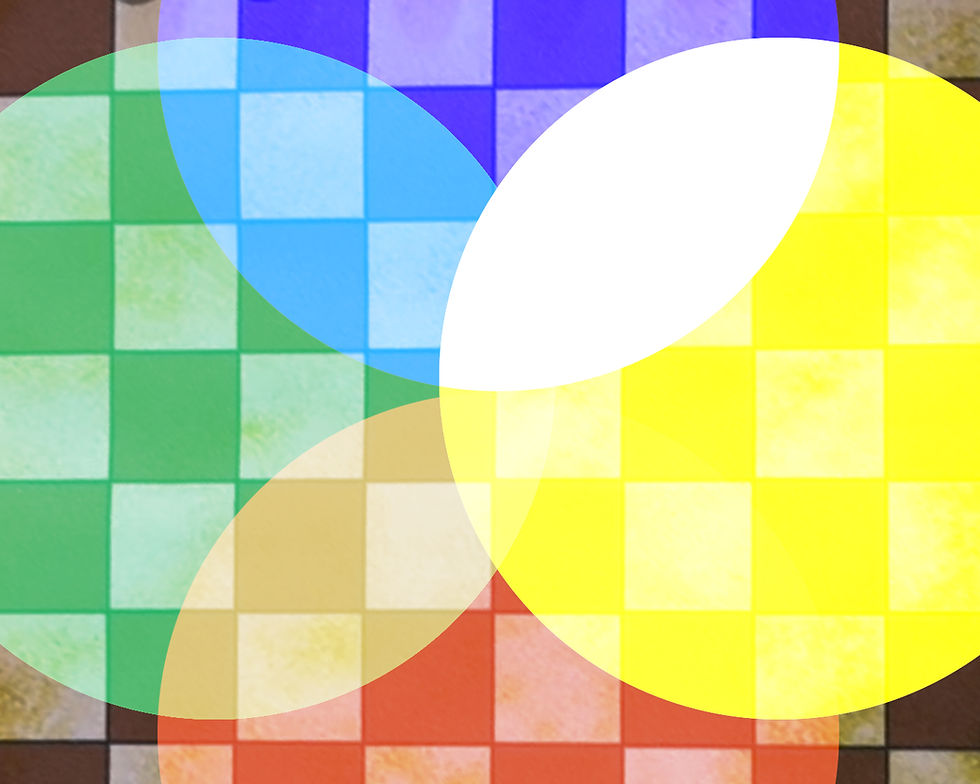Game Design & Simplicity
- Amurá

- Oct 1, 2022
- 3 min read
Updated: Oct 16, 2022

For me, the idea of maintaining simple in-game rules is essential. I know some games may require more information due to the number of situations presented, but for the most part, I try to strive for the simplistic. Somewhere I read, “if you can’t describe how it works in under three minutes, it’s too complicated.” I’m paraphrasing, but I lean in that direction in many of my projects. I even have two books of fifty one-page stories (300 words or less – Called Amurati (Vols. 1 & 2).
As a game designer, I understand some basic formats in game design. Is it a racing game where players must be the first to reach a certain point on the board or get to a situation or status?
Is it a positioning game where pieces must be placed in a specific order or configuration? Or is it a strategic game of attrition wherein capturing a particular piece affords one the win? I will admit, however, that I enjoy making alterations to existing ideas, sometimes adding bits and pieces of formats.
How do I develop games? That’s a question I don’t really think I could give a straight answer to. I happen to be a musician, sculptor, and author. So when it comes to writing music and lyric, the music may come first, or the lyrics may come first. Sometimes, an event will spark the song, and I’ll start singing as I walk home.
Let’s look at one of my first games – Gin-Go. I was collecting the garbage one night. In the trash were old Bingo boards and Pokeno boards. I was about to put more waste in the bag when they caught my eye, and I retrieved them. The card faces on the Pokeno board made me think about cards and how cards are used to place chips on the board, like the letter numbers in Bingo.
I played cribbage regularly, but I wondered what other card games could be played where chips could be placed. The game that came to mind was 500 Rummy. A game my mother taught me and my siblings. The game had number values for the cards; I didn’t want that.
The problem was simple. How could I represent all 52 cards on a board? After some quick sketches, the idea of four columns with thirteen rows. The columns would represent the suits, the rows the card face with each player or team player from opposite ends of the board.
I incorporated the format of a racing game and a positioning game. The first to go out with a connecting link from their Ace to King row would win. The connecting line reminded me of the connecting line in Bingo, hence the name Gin-Go (“Gin” from 500 Rummy and “Go” from Bingo).
I didn’t want the suit columns to be stationary. So I went into my workroom (something I always do) and found some scrap wood with pushpins for pegs (two colors). On some pushpins, I glued suit symbols. As I’m building it, it comes to me like writing a song. I see it. Later through playing it with friends, I made alterations to allow for Jokers and varying formats in the Suit Row to make the game more challenging. However, I was able to keep the game rules to two pages.
Taking ideas to bed with me and keeping a notepad by my side has been extremely helpful in designing games. I have solved many kinks that others may make queries on. I’ve also been blessed with kids who enjoy gaming and the gaming experience and ask enough questions.
I find game designing not only similar to writing music but to working on an abstract sculpture in wood or stone. The material will tell you how it needs to be formed.





Comments